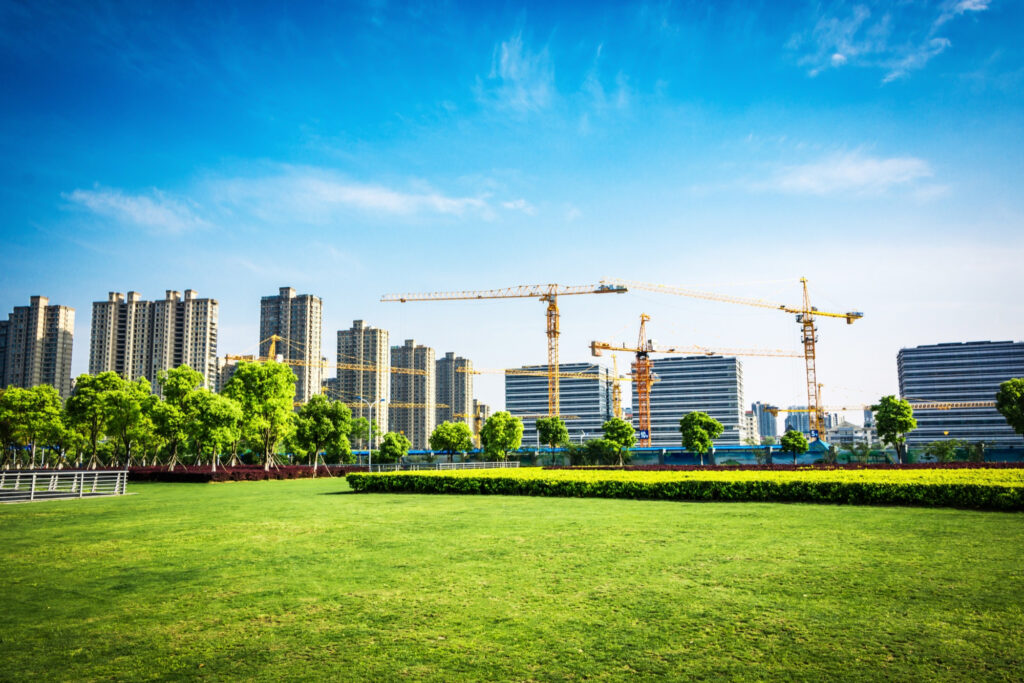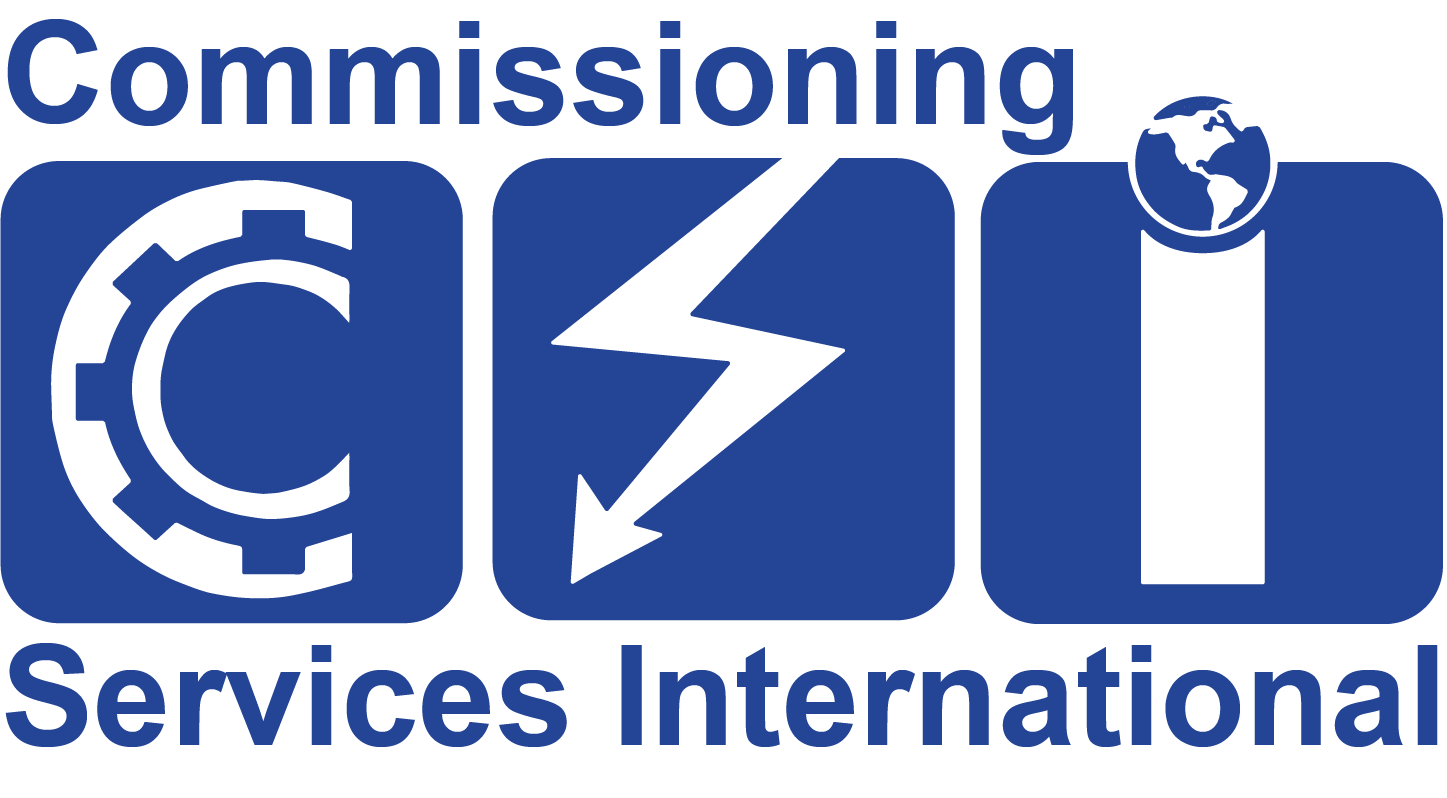In the quest for sustainable and energy-efficient buildings, Building Information Modeling (BIM) has emerged as a game-changing technology. BIM is more than just a 3D modeling tool; it is a comprehensive digital platform that revolutionizes the way buildings are designed, constructed, and managed. By leveraging BIM’s capabilities, architects, engineers, and facility managers can create environmentally responsible structures that optimize energy usage and enhance overall building performance. In this blog post, we will explore how BIM empowers the construction industry to build a greener and more efficient future.
Analyzing Building Systems and Materials
At the heart of BIM lies the ability to integrate valuable data and information related to building systems and materials. By digitally representing the entire building and its components, BIM facilitates sophisticated analyses, including energy performance simulations, thermal analyses, and lighting studies. These analyses allow stakeholders to evaluate the energy efficiency of various design options and make informed decisions that lead to optimized building performance.
BIM’s data-driven approach also helps in selecting energy-efficient materials and systems during the design phase. By comparing different material properties and system performance, designers can make choices that promote sustainability and reduce the building’s environmental impact.
Identifying Energy Savings Opportunities
BIM acts as a powerful tool for identifying potential energy savings opportunities. Through energy modeling and simulations, stakeholders can pinpoint areas of inefficiency and explore design alternatives to achieve optimal energy performance. This enables the integration of passive design strategies, such as natural ventilation, daylight harvesting, and solar orientation, which can significantly reduce energy consumption without compromising occupant comfort.
Furthermore, BIM allows for the evaluation of various energy-efficient technologies, such as high-performance insulation, energy-efficient HVAC systems, and smart lighting solutions. By implementing these innovations, building professionals can further enhance the energy efficiency of the structure.

Optimizing Building Operations
The benefits of BIM extend beyond the construction phase. During building operations and maintenance, BIM continues to be a valuable asset in optimizing energy usage and performance. BIM can be integrated with Building Automation Systems (BAS) to enable real-time monitoring and control of building systems. This integration allows facility managers to adjust HVAC settings, lighting levels, and other building parameters based on occupancy patterns and environmental conditions, leading to efficient and sustainable operations.
Additionally, BIM’s ability to track and manage building components and equipment simplifies the maintenance process. Predictive maintenance can be implemented by monitoring the performance of systems and detecting signs of wear or inefficiency, ensuring that repairs are conducted proactively and minimizing downtime.
Conclusion
As the construction industry embraces sustainability and energy efficiency as top priorities, BIM has become an invaluable tool in achieving these objectives. Through its ability to analyze building systems and materials, identify energy savings opportunities, and optimize building operations, BIM paves the way for a greener and more efficient future. By leveraging BIM’s capabilities, the construction industry can design and construct buildings that not only meet the demands of the present but also safeguard the well-being of future generations.
As technology continues to evolve, BIM will likely undergo further advancements, enabling even more sophisticated analyses and integrations with emerging sustainable technologies. By uniting innovation and environmental responsibility, BIM empowers us to build a sustainable and energy-efficient world, one digitally modeled brick at a time.



Leave a Reply